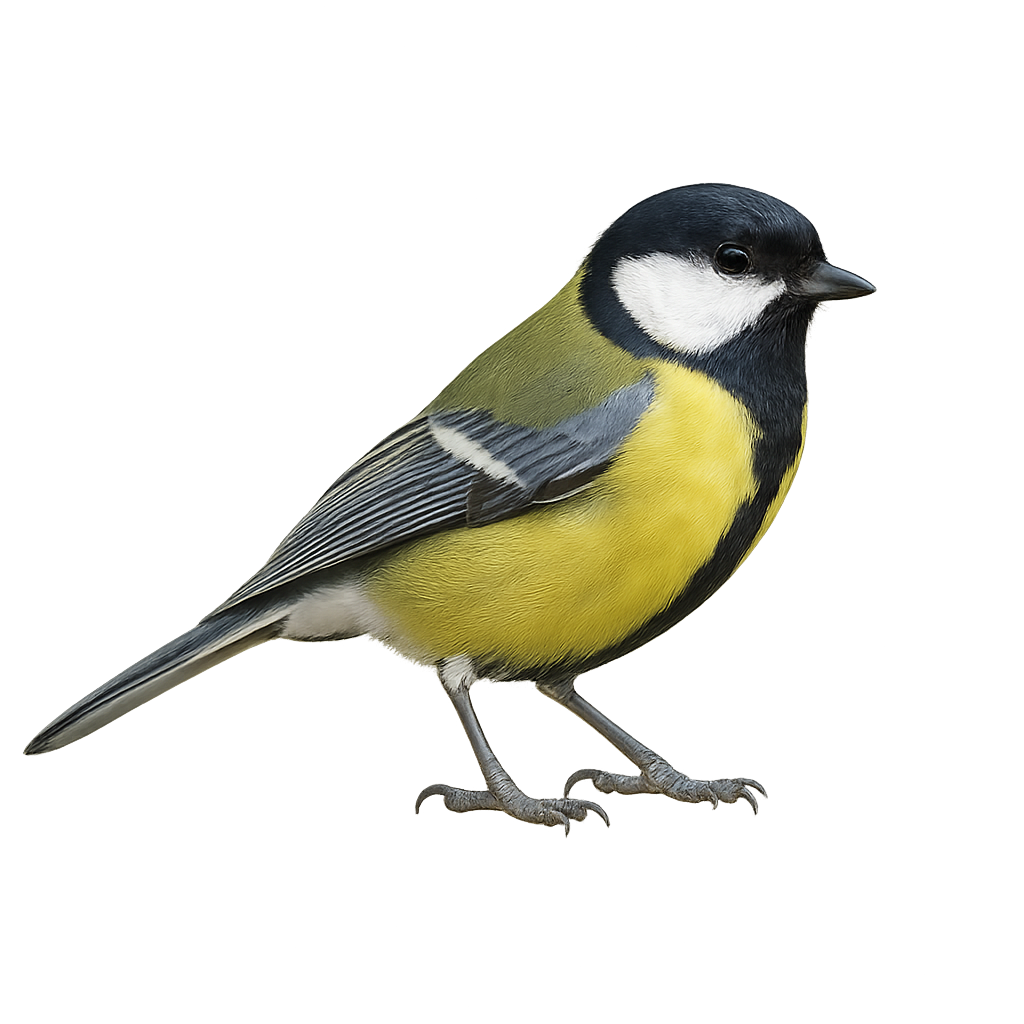Your wildlife photography guide.
Explore the great tit in detail, study its behavior, prepare your shots.
Where to observe and photograph the great tit in the wild
Learn where and when to spot the great tit in the wild, how to identify the species based on distinctive features, and what natural environments it inhabits. The WildlifePhotographer app offers tailored photography tips that reflect the great tit’s behavior, helping you capture better wildlife images. Explore the full species profile for key information including description, habitat, active periods, and approach techniques.
Great tit
Scientific name: Parus major

IUCN Status: Least Concern
Family: PARIDAE
Group: Birds
Sensitivity to human approach: Suspicious
Minimum approach distance: 10 m
Courtship display: March to June
Incubation: 12-15 jours
Hatchings: April to July
Habitat:
Forests, gardens, parks
Activity period :
Primarily active during the day, with peak activity in the morning and late afternoon.
Identification and description:
The great tit is a small, very common tit found across Europe and Western Asia. It is easily recognizable by its bright yellow plumage, black head, and white cheeks. This passerine bird is commonly seen in gardens, parks, and forests, where it feeds primarily on insects, seeds, and berries. The great tit is known for its curious nature and its ability to adapt to different habitats. It is also an excellent climber, often seen foraging in trees and shrubs.
Recommended lens:
300 mm – adjust based on distance, desired framing (portrait or habitat), and approach conditions.
Photography tips:
Photograph the great tit using a telephoto lens to capture the details of its colorful plumage and active behavior. It is best to photograph early in the morning or late in the afternoon when the light is soft and the bird is more active. Be discreet and patient, as although this bird is curious, it can be quite quick.
The WildlifePhotographer App is coming soon!
Be the first to explore the best nature spots, track rutting seasons, log your observations, and observe more wildlife.
Already 1 432 wildlife lovers subscribed worldwide

